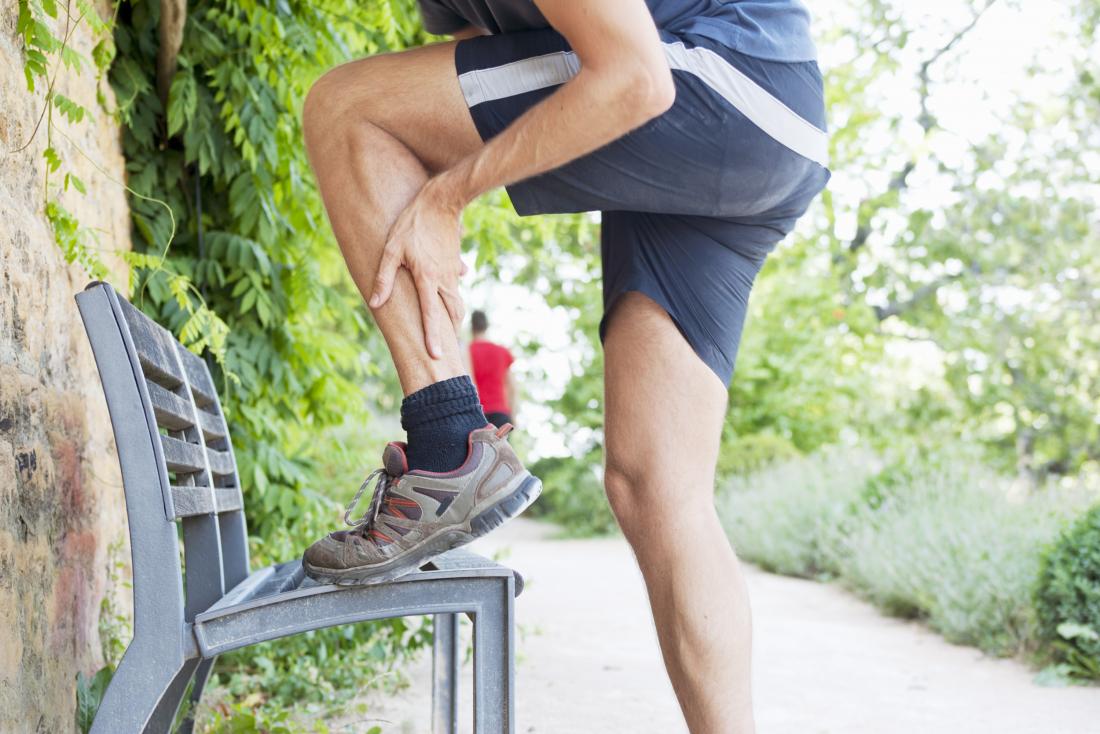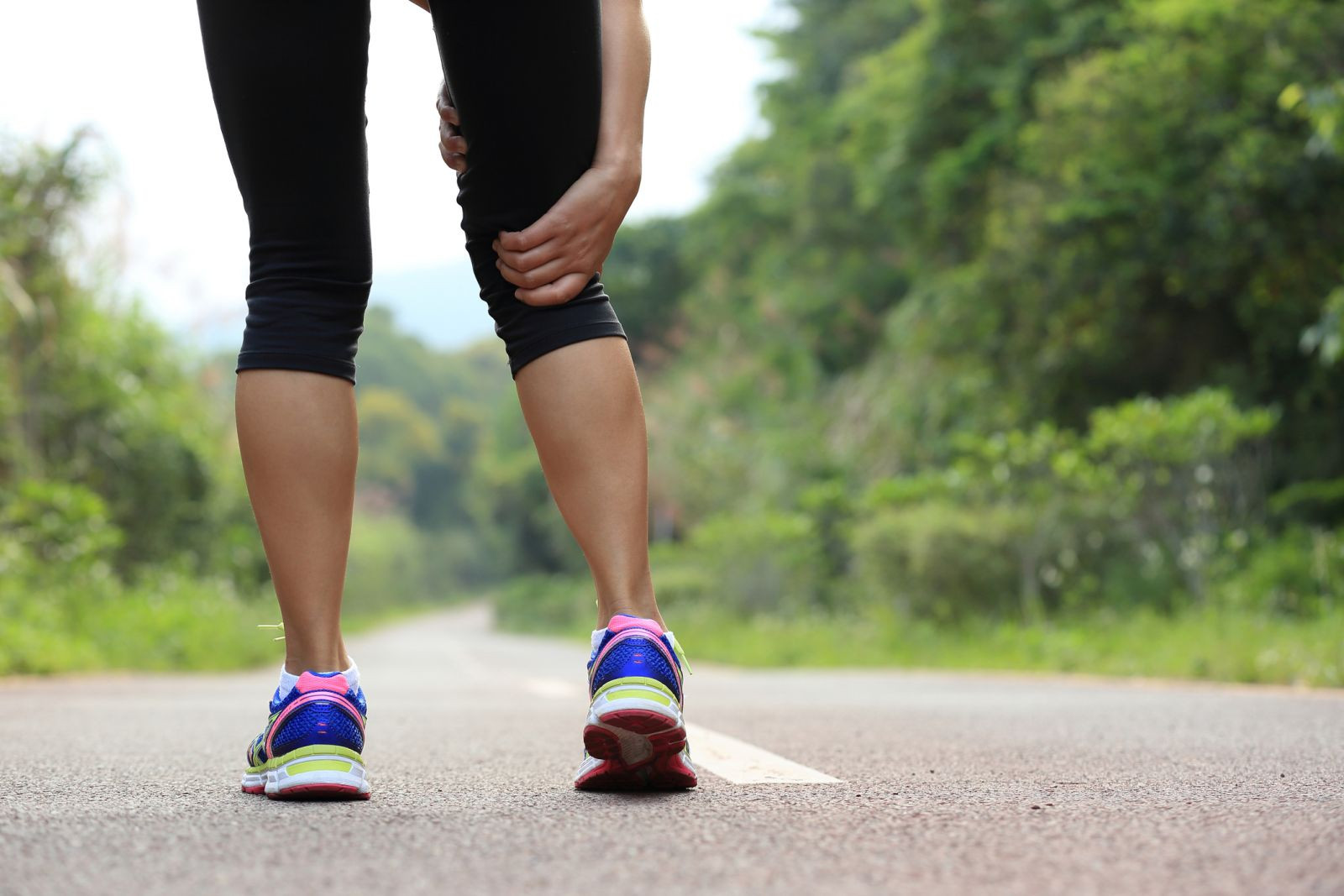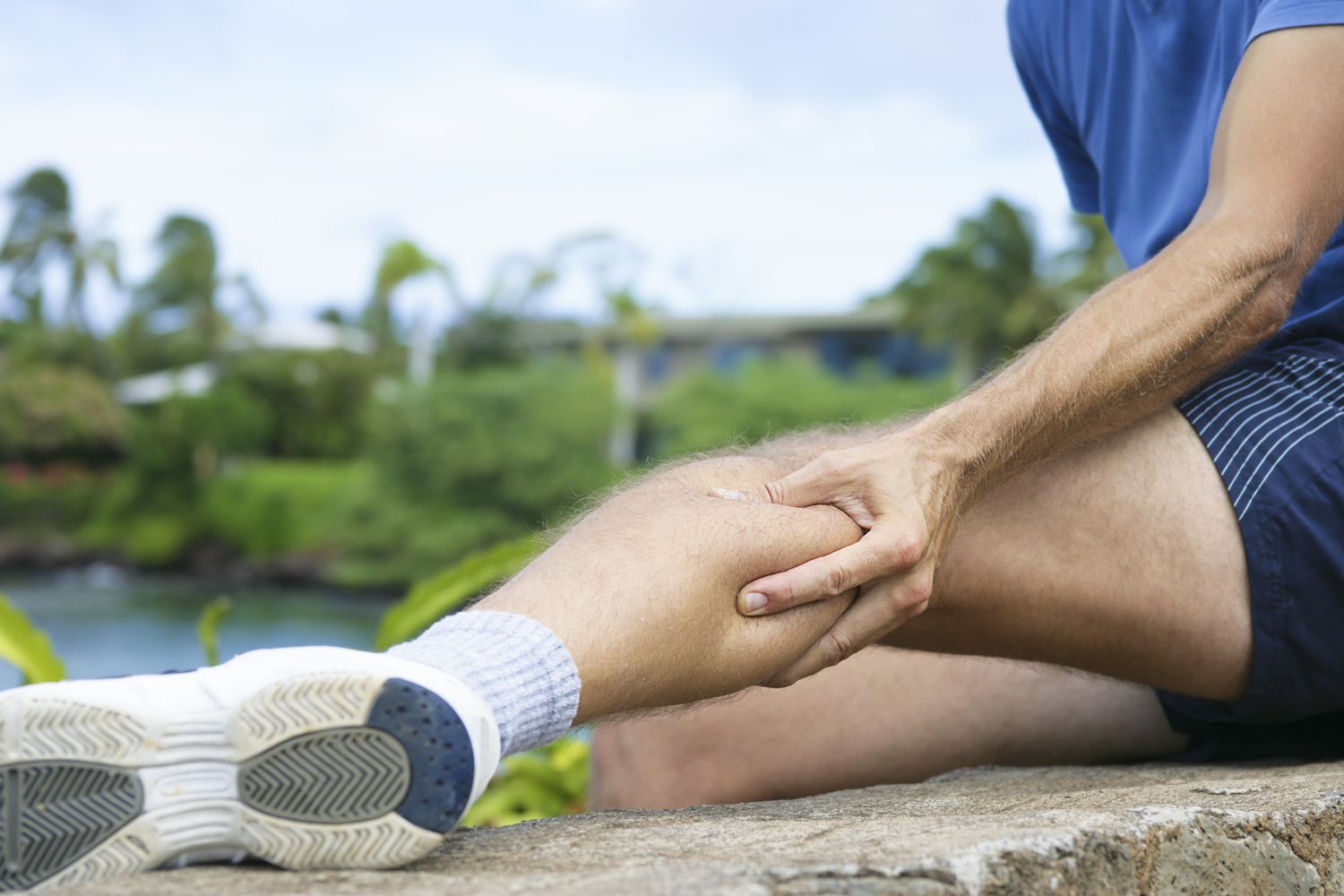Calf pain and tightness regularly develop after strenuous exercise involving the lower legs. While mild soreness indicates an effective workout, excessive calf discomfort and cramping can disrupt activity levels and quality of life.
But don’t worry, there are effective ways to relieve that discomfort and get back on track.

Here we’ll share some simple yet effective techniques to help you alleviate calf pain after exercise. Let’s find out how to find relief for those tired and achy calves.
Contents
How To Relieve Calf Pain After Exercise?
Here are a few strategies to relieve calf pain after your workouts:
- Stretching: Incorporating calf stretches into your routine can help lengthen the muscle fibers and reduce pain. Start with gentle stretching and gradually increase intensity over time. Remember not to overdo it and listen to your body.
- Strengthening exercises: Strengthening the calf muscles can prevent future injuries and reduce pain. Include exercises like calf raises, squats, and lunges in your workout routine. Follow exercise instructions or consult a fitness professional if you’re unsure about proper form.
- Self-massage: Myofascial self-massage is a great way to target tight and sore calf muscles. Use techniques like trigger point therapy and deep tissue massage to relieve tension and increase mobility. You can use a foam roller or a massage ball for this purpose.

- Compression gear: Studies have shown that compression gear, such as compression sleeves or socks, can help reduce muscle soreness and promote faster recovery. These garments apply pressure to the muscles, improving blood flow and preventing fluid buildup.
- Over-the-counter pain relievers: If your calf pain persists, you can consider taking over-the-counter pain relievers like ibuprofen or naproxen. However, it’s essential to use them as directed and consult with a healthcare professional if needed.
Common Causes of Calf Pain
Calf pain after exercise can be caused by a variety of factors. Understanding the common causes can help you identify the source of your discomfort and take appropriate measures to relieve the pain. Here are some common causes of calf pain:

- Muscle Overuse: The calf muscles, including the gastrocnemius and soleus, can become strained due to excessive use or repetitive movements. This can lead to muscle soreness and pain.
- Muscle Imbalance: Imbalances in the strength and flexibility of the muscles surrounding the calf, such as the quadriceps and hamstrings, can put additional stress on the calf muscles. This imbalance can contribute to calf pain during or after exercise.
- Dehydration: Inadequate hydration can lead to muscle cramps, including calf cramps. When your body is dehydrated, it affects the overall function of your muscles and can increase the likelihood of calf pain.
- Inadequate Warm-up or Cool-down: Failing to properly warm up before exercise or skipping the cool-down phase can increase the risk of calf pain. Warm-up exercises prepare your muscles for activity, while cool-down exercises help your muscles recover.
Frequently Asked Questions
What is the pressure point to relieve calf muscle pain?
The pressure point to relieve calf muscle pain is the kneecap on the calf. Dig your kneecap onto the back of the calf on the opposite leg, massage up and down, and locate any tight and tender spot. Apply sustained pressure for 30 seconds.
Should you stretch sore calves?
Yes, stretching sore calves can relieve stiffness and achy muscles. It can also improve range of motion and flexibility. Targeted calf stretches work by elongating and activating the lower leg muscles.
Should you massage a pulled calf muscle?
No, you should not massage a pulled calf muscle. Instead, apply a correctly sized compression bandage to limit bleeding and swelling in the injured area. Follow the No HARM Protocol: no heat, no alcohol, no running or activity, and no massage.
Should you exercise with sore calves?
No, you should rest when you have calf pain to allow the muscles to recover. Overexerting the muscles can worsen the pain and delay the healing process. Rest is often sufficient to relieve calf soreness and pain after intense exercise.

Hello, I’m Ravindra. Over the years, I’ve immersed myself deeply into the world of fitness and health, transforming both my body and mind. Writing has allowed me to share my journey, insights, and expertise with those just starting out and seasoned fitness enthusiasts alike. Beyond just routines and diets, I believe in inspiring others to adopt a holistic approach to well-being.
